Lavender in the Kitchen: A Sweet and Savory Guide to What Lavender Is Edible
Table of Contents
- Introduction to Edible Lavender
- Edible Lavender Basics
- Practical Tips for Using Edible Lavender
- Buying Guide: Choosing the Right Lavender
- Culinary Uses of Edible Lavender
- Conclusion
Introduction to Edible Lavender
If you've ever taken a stroll through a field of blooming lavender, you might have wondered, 'What lavender is edible?' This question is more than just curiosity—it's the gateway to discovering one of the most versatile and aromatic herbs in the kitchen. Lavender, known for its soothing scent and pretty purple flowers, isn't just for perfumes and relaxation. It's also a fantastic ingredient that can elevate your cooking and baking with its unique floral flavor.
But not all lavender is safe to eat. The key here is to choose the right type—specifically, culinary lavender. While there are many varieties of lavender, only certain ones like *Lavandula angustifolia* (English lavender) are considered safe for consumption. So if you're asking yourself, 'What lavender is edible?' the answer is clear: it's the ones grown specifically for culinary use.
Edible Lavender Basics
To understand what lavender is edible, we need to start with the basics. Edible lavender comes from the *Lavandula* genus, which includes over 40 species. But not all of them are safe or suitable for eating. As mentioned earlier, *Lavandula angustifolia*, often called English lavender, is the most commonly used variety for culinary purposes. Its flowers have a delicate, sweet aroma that pairs well with both sweet and savory dishes.
Before using lavender in your recipes, it’s important to know how to prepare it. You can use dried lavender flowers directly in teas, baked goods, or infused oils. Fresh lavender can be used in salads or as a garnish, but it’s best to use it sparingly due to its strong flavor. One of the key points to remember when asking, 'What lavender is edible?' is that it should never be harvested from commercial fields or gardens unless it's explicitly labeled for culinary use.
Practical Tips for Using Edible Lavender
Now that you know what lavender is edible, let’s talk about how to use it effectively in your kitchen. Here are some practical tips:
- Use it in moderation: Lavender has a strong flavor, so even a little goes a long way. Start with a small amount and adjust to taste.
- Infuse it in oils or syrups: Lavender-infused honey or olive oil can add a subtle floral note to desserts or dressings.
- Pair it with complementary flavors: Lavender works well with citrus, vanilla, honey, and mint. These combinations help balance its strong aroma.
- Try it in baked goods: Cookies, cakes, and scones can benefit from a hint of lavender for an extra layer of flavor.
- Make a lavender tea: Brew dried lavender flowers in hot water for a calming, aromatic drink.
Buying Guide: Choosing the Right Lavender
When it comes to what lavender is edible, the quality of the product matters. Here’s a guide to help you choose the best lavender for your culinary needs:
| Product | Features | Advantages | Use Cases | Target Audience | Suitable Occasions |
|---|---|---|---|---|---|
| Culinary Lavender Dried Flowers | Organically grown, no chemical additives | Safe for consumption, great for baking and infusions | Baking, tea making, sauces | Chefs, home cooks, food enthusiasts | Special occasions, homemade gifts |
| Lavender Essential Oil | High concentration, not for internal use | Perfect for aromatherapy and topical use | Aromatherapy, skincare, diffusers | Wellness lovers, aromatherapy users | Relaxation, stress relief, self-care |
| Lavender Honey | Flavorful blend with natural sweetness | Enhances both sweet and savory dishes | Desserts, marinades, beverages | Cooking enthusiasts, health-conscious individuals | Brunch, afternoon tea, holiday treats |
When purchasing lavender for culinary use, always look for products that are certified organic or clearly labeled as safe for consumption. Avoid any lavender that has been treated with pesticides or chemicals. If you're unsure, ask the seller or check the packaging for specific instructions on use.
Culinary Uses of Edible Lavender
Now that you know what lavender is edible, let’s explore some of the most popular ways to use it in your cooking. Lavender is incredibly versatile and can be incorporated into a wide range of dishes:
1. Baked Goods
Add a touch of lavender to cookies, muffins, and scones for a fragrant twist. It pairs especially well with lemon, honey, and almond flavors.
2. Beverages
Infuse lavender into teas, cocktails, or mocktails for a refreshing and aromatic experience. A lavender honey lemonade is a favorite summer drink.
3. Sauces and Dressings
Use lavender in herb-infused oils or vinegars to create unique salad dressings or glazes for meats and vegetables.
4. Desserts
Lavender adds a delicate floral note to ice creams, sorbets, and custards. It’s also a great addition to macarons and truffles.
5. Savory Dishes
Try adding lavender to roasted vegetables, grilled meats, or risottos for a surprising and delightful flavor boost.
Conclusion
In conclusion, the answer to the question, 'What lavender is edible?' is simple: it's the culinary varieties of lavender, particularly *Lavandula angustifolia*. With its beautiful color and unique flavor, lavender can transform your cooking and add a new dimension to your meals. Whether you're baking a cake, making a tea, or creating a special sauce, edible lavender is a fantastic ingredient that deserves a place in your kitchen.
By following the tips outlined in this article and choosing high-quality products, you can confidently experiment with lavender in your cooking. So next time you see those lovely purple blooms, remember: they might just be the secret ingredient you’ve been looking for.
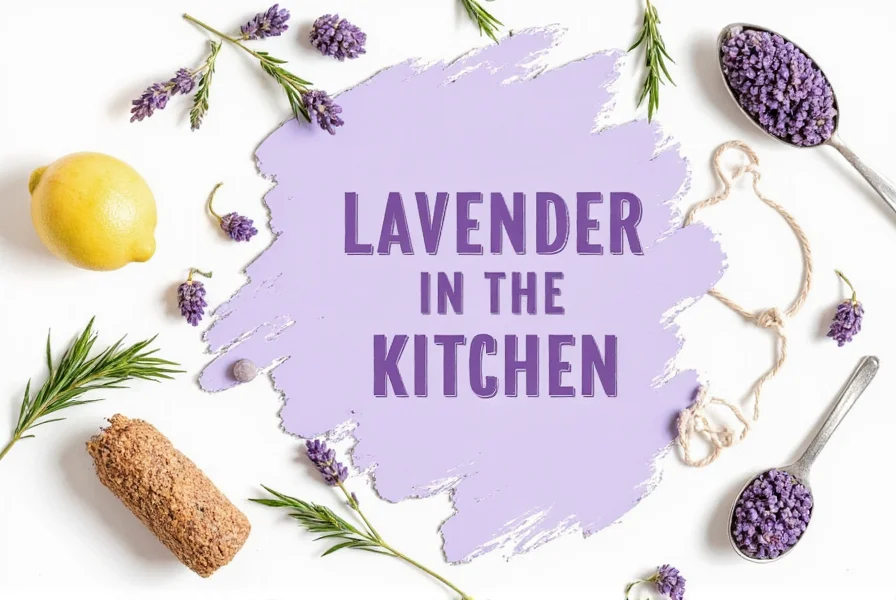
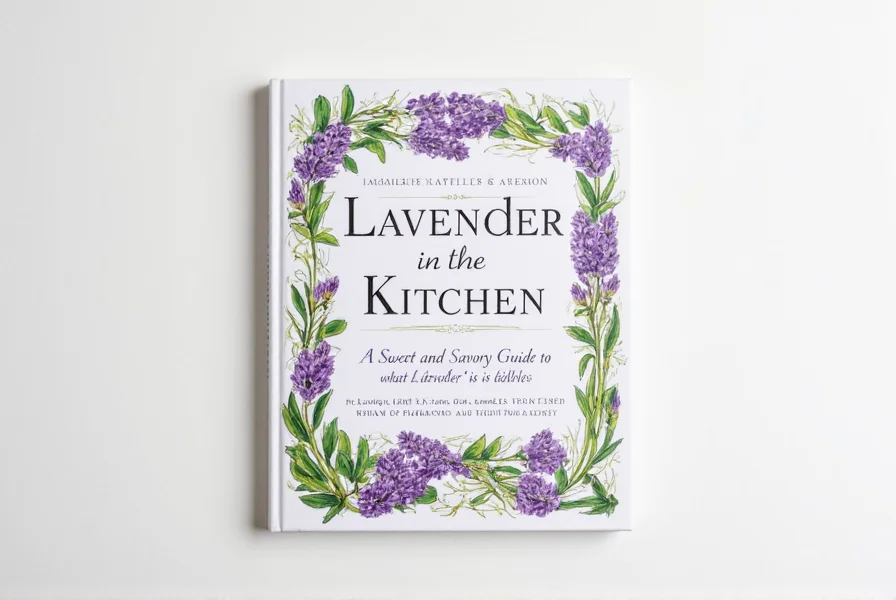
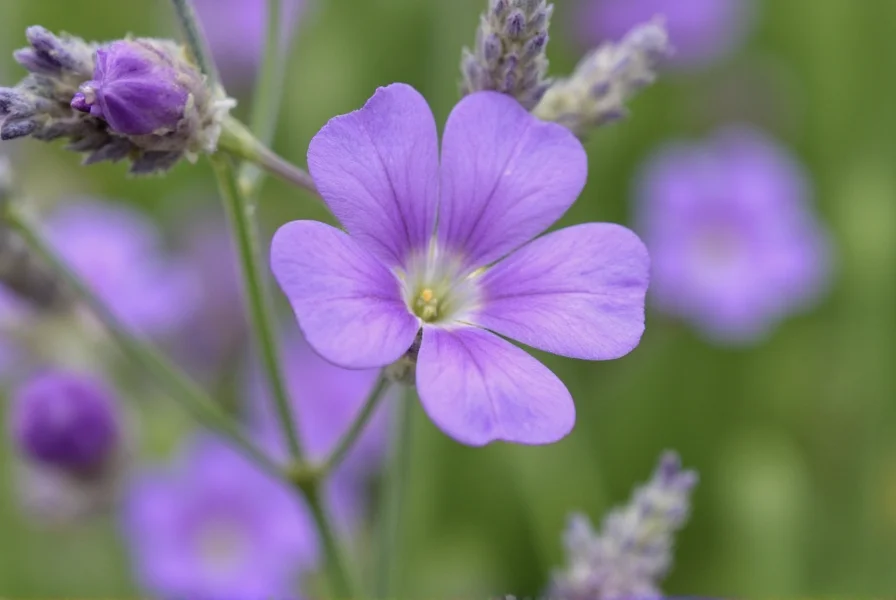
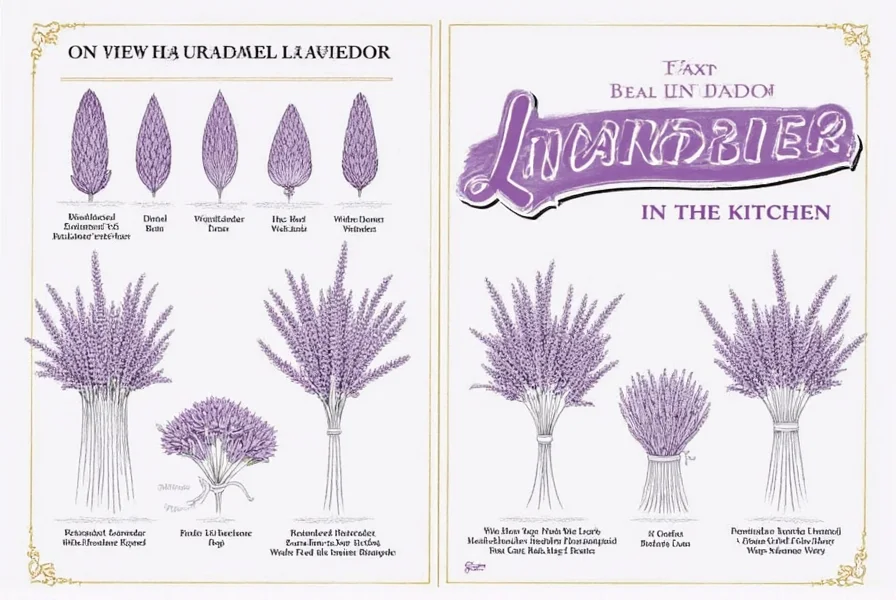
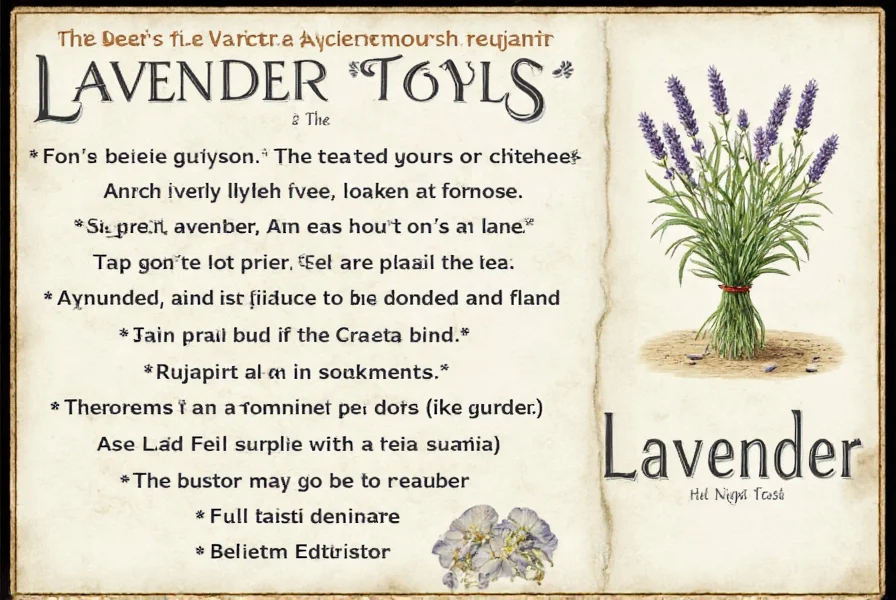











 浙公网安备
33010002000092号
浙公网安备
33010002000092号 浙B2-20120091-4
浙B2-20120091-4